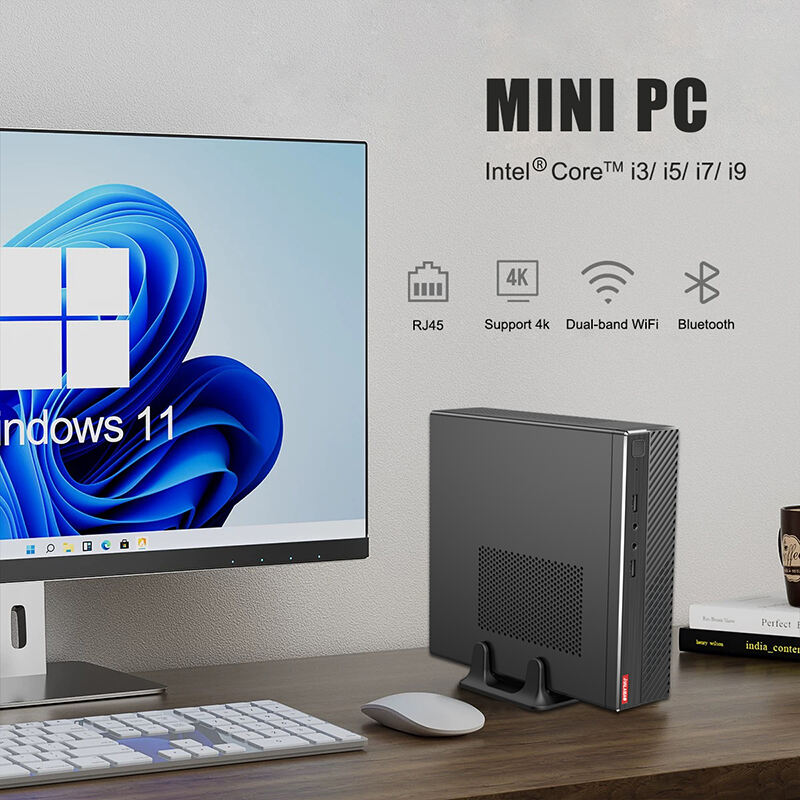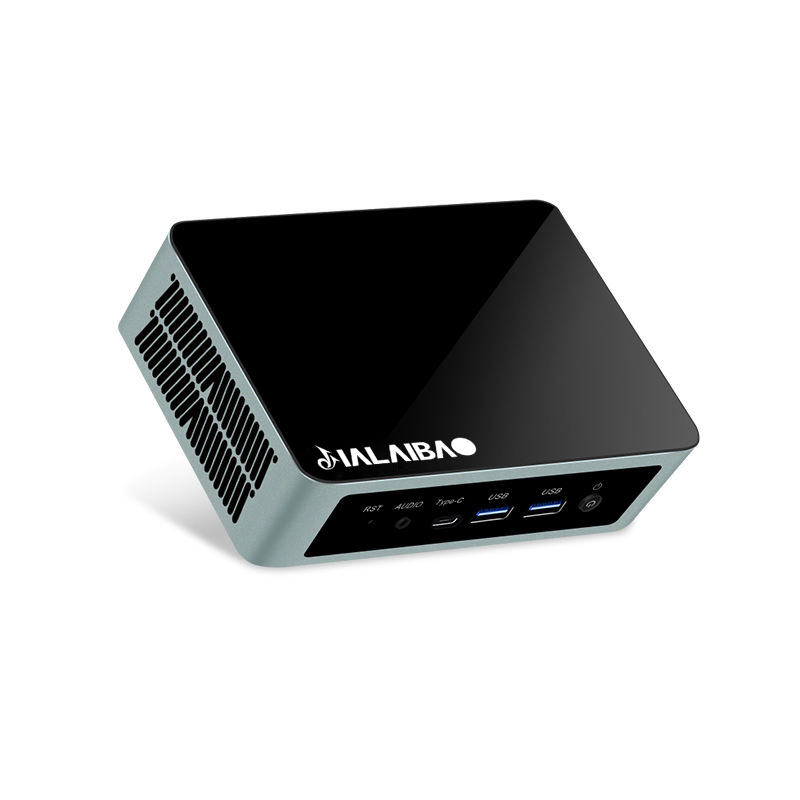The landscape of remote work has undergone a dramatic transformation, and organizations are increasingly turning to mini PCs as their go-to solution for equipping distributed teams. These compact powerhouses are redefining how businesses approach remote work technology, offering an perfect blend of performance, portability, and cost-effectiveness. As remote work becomes a permanent fixture in the modern business environment, understanding how to effectively deploy mini PCs can give your organization a significant competitive advantage.
Mini PCs represent a strategic investment for organizations looking to optimize their remote work infrastructure. These compact devices typically consume less power than traditional desktop computers, resulting in reduced electricity costs over time. Additionally, their smaller form factor means lower shipping and storage costs when deploying equipment to remote team members. The initial investment in mini PCs often proves more economical than purchasing full-sized desktop computers or high-end laptops, while still delivering comparable performance for most business applications.
The cost benefits extend beyond the hardware itself. Mini PCs require minimal maintenance and have fewer components that can fail, reducing long-term IT support costs. Their modular design often allows for easy upgrades and repairs, extending their useful life and maximizing return on investment.
The compact nature of mini PCs makes them ideal for remote workers who may have limited home office space. These devices can be mounted behind monitors or tucked away under desks, creating a clutter-free workspace that promotes productivity. The space-efficient design also makes it easier for employees to maintain a professional home office setup, regardless of their living situation.
For organizations that maintain satellite offices or co-working spaces, mini PCs offer the flexibility to create efficient workstations without sacrificing valuable real estate. Their small footprint allows businesses to maximize space utilization while providing powerful computing capabilities to their remote teams.

When selecting mini PCs for remote teams, processing power and memory specifications are crucial considerations. Modern mini PCs can be equipped with high-performance processors that handle demanding business applications with ease. Look for devices with at least 8GB of RAM for basic office tasks, or 16GB and above for more intensive workloads like video editing or data analysis.
Storage capabilities should also align with your team's needs. While some mini PCs come with traditional hard drives offering larger capacity, solid-state drives (SSDs) provide faster performance and improved reliability, which is especially important for remote workers who may not have immediate access to IT support.
Robust connectivity options are essential for remote work scenarios. Mini PCs should offer multiple USB ports for peripherals, ethernet connections for stable internet access, and display outputs to support multi-monitor setups. Modern mini PCs typically include Wi-Fi 6 and Bluetooth capabilities, ensuring reliable wireless connectivity for video conferencing and data transfer.
Consider models with Thunderbolt ports for high-speed data transfer and the ability to connect external GPUs if needed. Having adequate ports also future-proofs your investment, allowing for easy integration of new peripherals and technologies as your remote work needs evolve.
Security is paramount when deploying mini PCs to remote teams. Look for devices with built-in security features such as Trusted Platform Module (TPM) support, which enables hardware-based encryption and secure boot capabilities. Some mini PCs also offer fingerprint readers or other biometric authentication methods, adding an extra layer of security for sensitive business data.
Consider models with Intel vPro or similar management technologies that allow IT teams to remotely monitor, maintain, and secure devices. These features are invaluable for managing a distributed fleet of mini PCs and ensuring consistent security protocols across your organization.
Implementing robust remote management solutions is crucial for maintaining security and productivity across your distributed workforce. Choose mini PCs that support remote desktop protocols and management tools, allowing IT teams to troubleshoot issues, push updates, and enforce security policies without physical access to the devices.
Modern mini PCs often include features like wake-on-LAN and remote BIOS management, enabling IT administrators to perform maintenance tasks and security updates during off-hours without disrupting employee productivity.
Developing an efficient deployment process is essential for successfully equipping remote teams with mini PCs. Create standardized configuration templates that include all necessary software, security settings, and network configurations. This ensures consistency across your organization and reduces the time required to get new team members up and running.
Consider implementing automated deployment tools that can handle software installation and configuration remotely. This not only speeds up the setup process but also reduces the likelihood of human error during deployment.
Establish clear protocols for ongoing maintenance and support of remote mini PCs. This includes regular software updates, security patches, and hardware maintenance schedules. Implement remote monitoring tools to proactively identify and address potential issues before they impact productivity.
Create comprehensive documentation and self-help resources for common issues, empowering remote workers to resolve basic problems independently. This reduces the burden on IT support teams and minimizes downtime for remote employees.
Mini PCs contribute to environmental sustainability through their energy-efficient design. These compact devices typically consume significantly less power than traditional desktop computers, reducing both electricity costs and carbon footprint. Many modern mini PCs are designed with advanced power management features that further optimize energy consumption based on workload.
The reduced material usage in manufacturing mini PCs also contributes to their environmental benefits. Their smaller size means less raw material consumption and reduced packaging waste, aligning with corporate sustainability goals.
Implement responsible lifecycle management practices for your mini PC deployment. Choose devices with modular designs that facilitate repairs and upgrades, extending their useful life and reducing electronic waste. When devices reach end-of-life, partner with certified recycling providers to ensure proper disposal and recovery of valuable materials.
Consider implementing a circular economy approach by refurbishing and redeploying mini PCs when possible, maximizing their value while minimizing environmental impact.
Mini PCs often offer better value for remote work setups, providing desktop-level performance at a lower cost than comparable laptops. They typically offer better upgradeability, more port options, and superior ergonomics when used with proper monitors and peripherals. However, they lack the portability of laptops, making them ideal for fixed remote workstations rather than mobile work scenarios.
For most remote work applications, mini PCs should have at least an Intel Core i5 or equivalent processor, 8GB of RAM, and a 256GB SSD. These specifications ensure smooth performance for common business applications, video conferencing, and multitasking. More demanding workloads may require higher specifications, particularly in terms of RAM and processing power.
Organizations should implement a multi-layered security approach including hardware-based security features, encrypted storage, regular software updates, and remote management capabilities. Establishing clear security policies, providing security awareness training, and using endpoint protection solutions are also essential components of a comprehensive security strategy for remote mini PC deployments.
